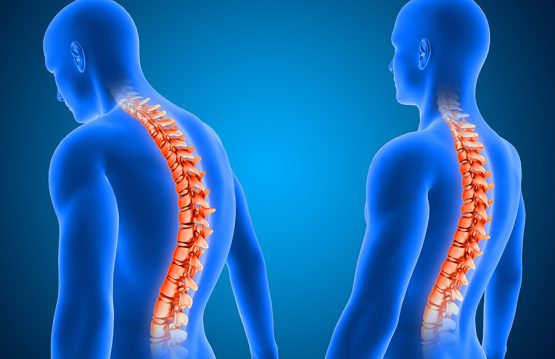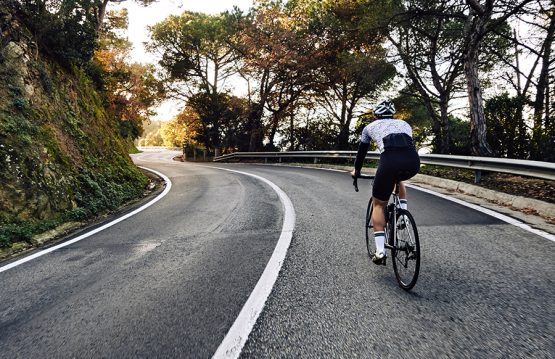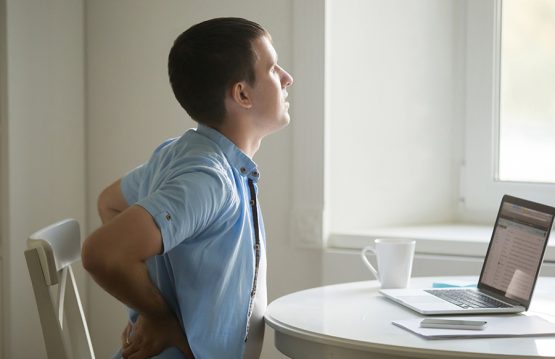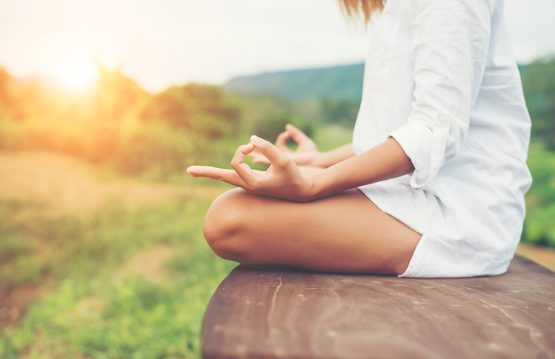Low back pain is one of the most common pains among adults. Most often, it is caused by muscle strains or spinal disorders.
Sometimes, however, the causes of it are very surprising. For example, irritable bowel syndrome can be the cause of these pains.
CONTENT:
What is irritable bowel syndrome
Irritable bowel syndrome is characterized by an accumulation of gastrointestinal symptoms such as diarrhea, bloating, abdominal cramps or constipation, which occur after alteration of the intestinal microbiota.
This syndrome can cause, among other things, back pain, especially at night. This pain starts due to constipation, bloating or flatulence and affects the back area.
If you do not suffer from back pain, but have problems with irritable bowel syndrome and sudden back pain occurs in the lumbar area, it is possible that this syndrome is responsible for the pain felt.
Go to the doctor to find out the cause of your back pain and don’t forget to mention the irritable bowel syndrome you suffer from.
Treating the irritable bowel may be the only way to relieve the pain caused by gastrointestinal problems. Unfortunately, this syndrome does not have a treatment that allows it to heal. However, there is a treatment to improve the manifestations of these intestinal diseases.
Treatment
The gastroenterologist can offer you the treatment and recommendations needed to relieve the symptoms of irritable bowel syndrome.
Drug treatment relieves constipation and fights bloating, which could lead to relief of back pain. And probiotics, either from food (found in yogurt, kefir, pickles) or in the form of powder or tablets, can relieve the symptoms of irritable bowel syndrome.
Alternative therapies can also be used to combat irritable bowel syndrome:
- Relaxation Techniques – Abdominal breathing and breathing exercises can be used to relieve symptoms.
- Cognitive Behavioral Therapy – A psychologist can help the patient change the behaviors that trigger unpleasant symptoms. This therapy can also help the patient eliminate stress.
- Acupuncture – this can be used to completely relax the body and to combat the symptoms of this syndrome.
- Meditation, yoga, therapeutic massage – and these therapies can be used to relieve irritable bowel syndrome.
Back pain caused by irritable bowel syndrome occurs especially in the evening, affecting the quality of sleep. Here are some tips that will improve your sleep quality, while also relieving back pain:
- Establish a sleep schedule to follow. Try to fall asleep and wake up at the same time every day – this way you will train your brain so that sleep settles quickly.
- Relax before entering the bedroom. Do not go to bed as soon as you come home from work or after doing sports. A few stretching and breathing exercises will help you relax before going to bed.
- Do not eat hard-to-digest foods, but neither coffee or alcoholic beverages for at least 4 hours before bedtime.
- Practice sports activities daily, so that the intestinal transit is stimulated.
When we need to worry about it
Back pain is an important cause of presenting to the patient at a doctor’s office. It affects people of all ages and more than half of the population has at least one episode of it in their lifetime. It affects men and women equally.
Depending on the duration of symptoms, it is divided into acute low back pain and chronic one. Acute pain means that pain that lasts for a period of four weeks, while chronic pain is that which lasts, at different degrees of intensity, a period of more than three months.











